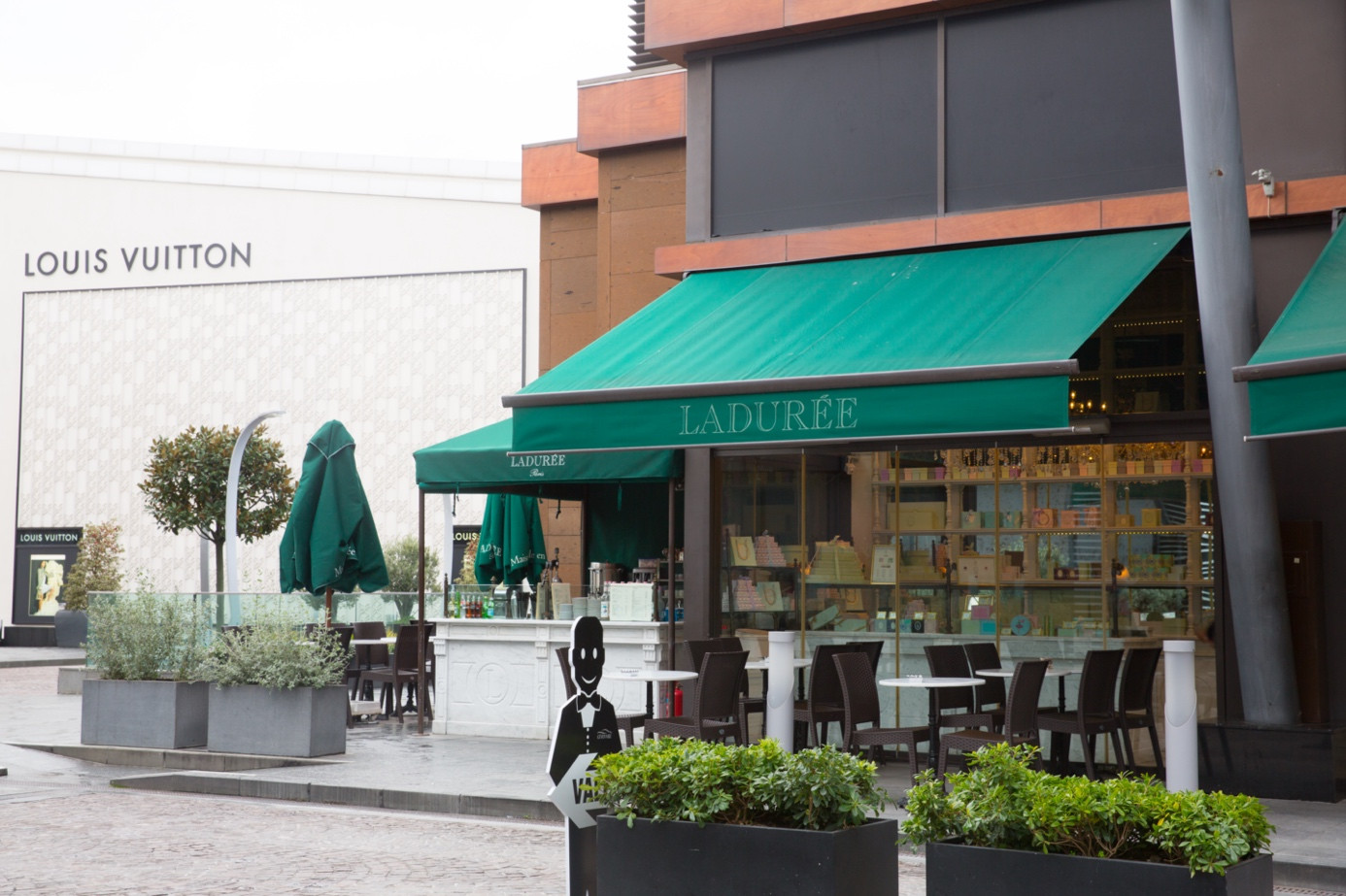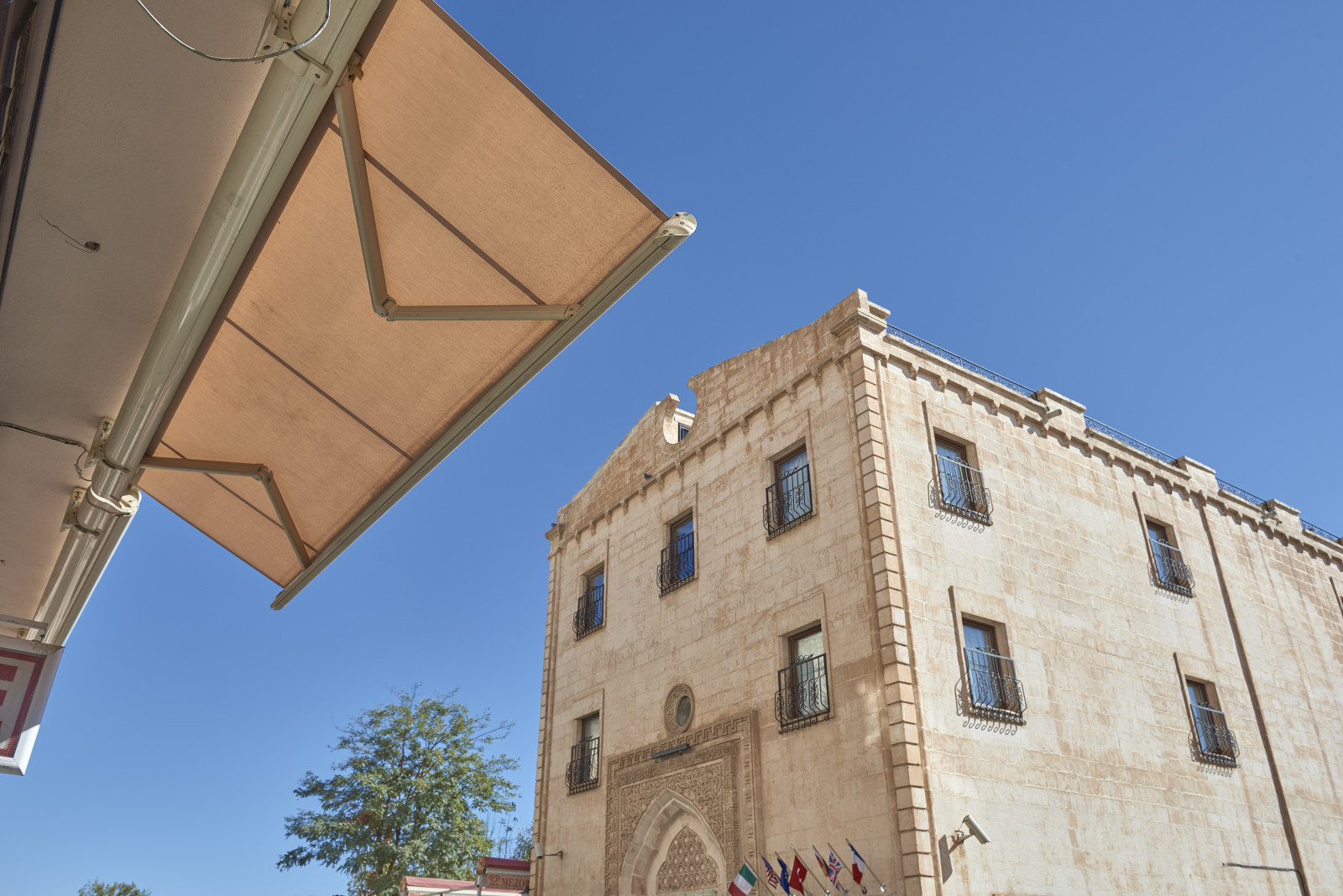
Pergola or Pergole? The correct usage of this term, which is often confused in English, is "pergola." Originating from Italian, "pergola" refers to structures used to provide shade in gardens and terraces.
A common question that often leads to confusion is the correct spelling of the word: it is “pergola.” However, the term “pergole” is also frequently used. Pergolas are designed to shade and enhance the comfort of open spaces such as gardens, terraces, or verandas. This functionality provides the answer to the question, “What is a pergola?” These versatile systems come in a variety of types and models. Their elegant and aesthetic designs, which can be customized, are widely admired. Sophisticated yet highly functional, pergolas add a touch of style to outdoor spaces. They aim to protect against harmful sun rays while creating shaded areas, making them particularly useful during hot or sunny weather. In addition to wooden and metal pergolas, fabric models are also available.
Uses of Pergolas

Pergola systems have become an essential part of outdoor spaces, not just for their aesthetic appeal but also for their functionality. They are widely used in spaces ranging from gardens and terraces to verandas and commercial establishments.
In gardens, pergolas are often covered with greenery, creating natural and tranquil shaded areas. On terraces and verandas, they can serve as outdoor dining spaces or relaxation corners. These structures provide a cool environment on sunny days and a dry, protected area during rain.
Pergola systems stand out as captivating and functional structures that unlock the potential of outdoor spaces. By shading areas like gardens, terraces, and verandas, they help create cool and inviting environments during hot summer days. Pergolas filter sunlight, protecting against harmful UV rays while enhancing the experience of being in nature. As an integral part of landscape architecture, pergolas adorned with plants can add a romantic ambiance to your garden.
What to Consider When Installing a Pergola

To have a durable and aesthetically pleasing pergola that you can enjoy for years, it’s important to consider several factors:
- Material Quality: Ensure that the materials used are of high quality. The choice of materials can be influenced by the intended use, maintenance requirements, and your preferences. For example, wooden pergolas, known for their natural look, require regular maintenance, while aluminum or steel options demand less upkeep. The material should also be resistant to weather conditions.
- Functionality: The intended purpose of your pergola is crucial. Choose a model designed for your specific needs, such as protection from rain or creating shaded areas. Ensure that the design matches the space where it will be installed.
- Size and Dimensions: Select a pergola size that accommodates the furniture or decoration sets you plan to use underneath.
- Compliance with Regulations: To avoid future issues, ensure the dimensions, structural features, and placement of the pergola comply with local regulations. Obtaining the necessary permits and adhering to guidelines ensures hassle-free use.
- Additional Features: Pergolas with integrated lighting or heating systems offer great advantages. Some products also feature automatic retractable roofs, enhancing user convenience. Functional and aesthetically compatible designs that complement outdoor furniture are ideal choices.
- Professional Installation: Working with an expert team ensures a smooth and professional process from start to finish. Contact a company experienced in managing projects with precision.
By visiting our Pergolas page, you can explore the most suitable solutions for your needs, learn about pergola prices, and discover the variety of models available. You can enjoy a pergola tailored to your requirements through professional material selection and construction services.








